
|
|
|
|
|
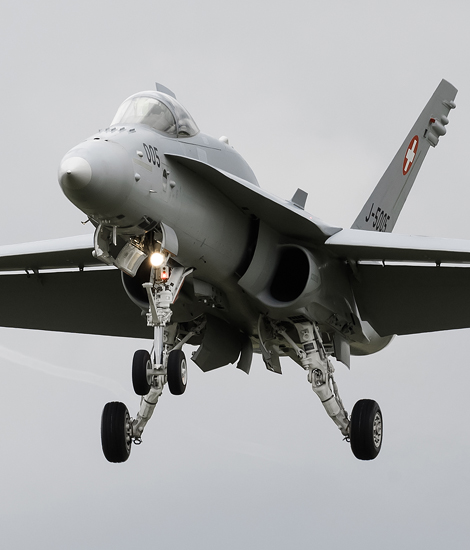
|
Reorganization of the Transport Fleet; Gilze-Rijen, June 18-23, 2014
Operation Air Support 2014, part 2; Text and Photograph's by Alex van Noye
A lot of organizational changes in the transport fleet of the Royal Netherlands Air Force at Eindhoven Air Base have been made in the last ten years. The Fokker 60 fleet is sold and replaced by two additional Hercules aircraft. More aircraft like the Fokker 50 and the G1159 Gulfstream will disappear in the coming years.
The two Fokker 50 freighters were combined with four Fokker 60 freighters purchased as the successors of the three Fokker F-27-100 Friendships and nine Fokker F-27-300M Troopships at the beginning of the 90s. The Royal Netherlands Air Force bought the Fokker 60 for troop and equipment transport, para droppings and medevac (medical evacuation). Through these operational tasks they were painted in a gray camouflage scheme. The Fokker F-60s were deployed during the earthquake disaster in Turkey, but also in support of the Dutch troops in Italy and Albania and in the transfer of aid to Albania. In 2005, two Fokker 60 aircraft were converted into Fokker 60 Maritime Mk2 maritime patrol aircraft due to the phase out of the P-3C Orion of the Royal Netherlands Navy. This was an interim solution until the moment of contracting a third party for the MPA task for the Coast Guard in the Netherlands Antilles and Aruba. The Fokker 6o is the first aircraft type in the air force which was withdrawn due to cutbacks. The Fokker 50s and 60s were assigned to the no 334 Squadron at Eindhoven Air Base. The four Fokker 60s were sold to Peru in 2010. At this moment also both Fokker 50s of the transport fleet of the Royal Netherlands Air Force are for sale. This measure is a result of defense cutbacks proposed in the memorandum of 2010. The two Fokker 50 aircraft were delivered in 1996 and were used for passenger transport within the Dutch Air Force. The two Fokker 50s are for sale at Lelystad Airport.
Due to the phasing out of the Fokker 50 there were two additional Lockheed C-130 Hercules transport aircraft bought by the air force. The two Herculeses’ are both former US Navy aircraft and have been in storage for years in the wilderness in the United States. Both aircraft were prepared in England and are now in use by the Royal Netherlands Air Force. The two Herculeses’ were both in a very poor condition and were therefore drastically renewed in England. The first aircraft made its first test flight
|
|
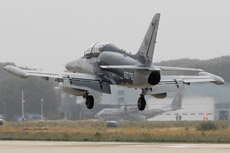
|
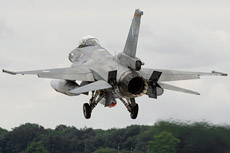
|
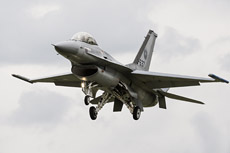
|
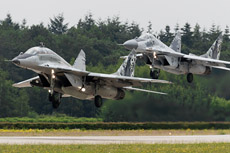
|
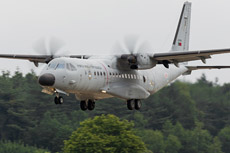
|
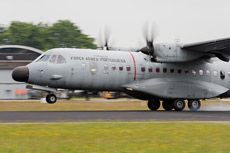
|
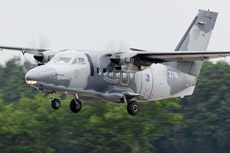
|
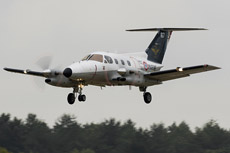
|
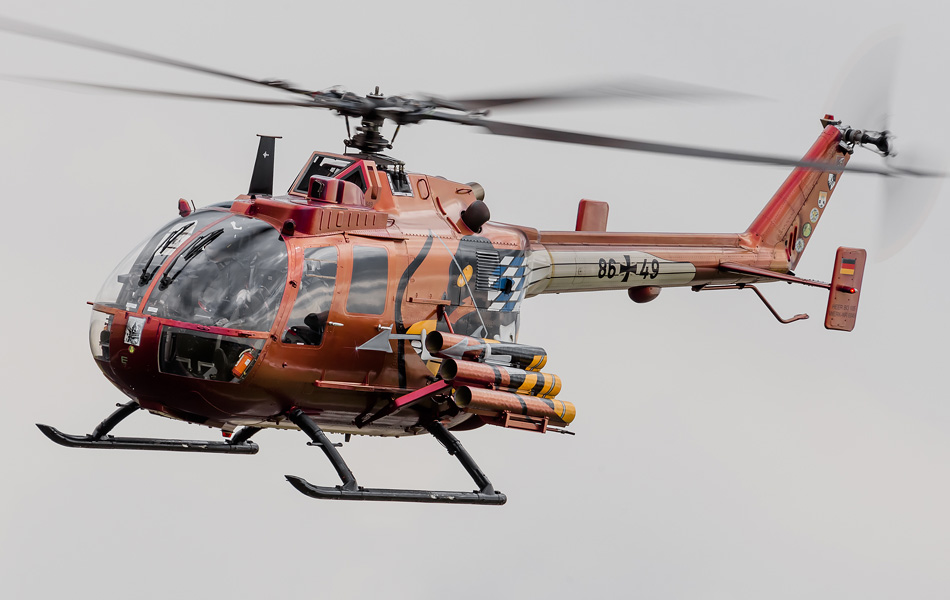
|
from Eindhoven Air Base on December 1, 2009. These aircraft are in contrast to the two Hercules aircraft which already fly several years in the air force of the type C-130H. The other two aircraft are of the type C-130H-30. These aircraft have a lengthened fuselage. The new aircraft do not have this extension. The pilots have undergone extensive training to be able to fly with this type of Hercules, because it has totally different flight characteristics than the extended version. The no 336 Squadron was formed at Eindhoven Air Base since the delivery of these additional aircraft. This unit contains all four Hercules aircraft. The cuts to the defense budget repelled also the DC-10 (T-255), on April 10. The aircraft is now already scrapped in England because nobody wanted to buy this heavily modified version of the DC-10. In addition to the DC-10 also the Gulfstream at Eindhoven Air Base will be divested in the near future.
The EATC is based at Eindhoven Air Base and was founded on September 1, 2010. The European Air Transport Command (EATC) is an international partnership between Belgium, Germany, France, Luxembourg, the Netherlands and Spain. The EATC is a joint transport command of the military transport aircraft of the participating countries and are effectively implant where they are needed. For example if a German plane is available in the area of a new transportation task in the Netherlands it will execute this task instead of a Dutch plane which is far away at that moment. In this way the air force does not have to fly with a Dutch aircraft for the same task. This way of working is a saving over millions of Euros annually for the participating countries. Besides the enormous cost reduction it also delivers a more efficient way of transportation. The shipments come through this collaboration much faster to their destinations. The EATC took over the operational control of the transport fleet of the German Air Force on October 15, 2010, and became responsible for the planning and control of the missions of the 69 German C160 Transall and five Airbus A310 aircraft. On November 26, 2010, the Dutch aircraft were assigned to the EATC and shortly after this on November 30, 2010, the French fleet was added. On April 28, 2011, the EATC has taken over operational control of the Belgian fleet. The total transport fleet covered by the EATC is about 160 to 170 large aircraft. On July 3, 2014, Spain also joined the EATC as the sixth country.
Besides the EATC the Netherlands also participates in the joint Heavy Airlift Wing (HAW). The Hungarian air base Pápa AFB is now home to the NATO C-17 fleet. This airfield is located in the northwest of the country near the town of Pápa. From July 1, 2001, Pápa Air Base was officially taken into use by the Hungarian Air Force. The base received the status NATO reserve base. On July 27, 2009, the airfield was officially taken into operational use by the Multinational Strategic Airlift Capability Consortium. The Heavy Airlift Wing (HAW) is now stationed At Pápa Air Base in Hungary. The HAW has three Boeing C-17A Globemaster III transport aircraft in use which are managed by 12 NATO countries. The international partnership consists of; Bulgaria, Estonia, Finland, Hungary, Lithuania, the Netherlands, Norway, Poland, Romania, Slovenia, the USA and Sweden. The air forces of these countries can purchase flight hours with these C-17s to perform their heavy transport tasks. In this way, the sky-high costs of maintaining the C-17s are shared with the partners. Besides the EATC there are also investigations ongoing to found a European Air Refuelling Command. This command has a combined fleet of tankers that will be operated from four fixed locations in Europe. The locations which are being considered, are; the Netherlands, Poland, Norway and Spain. How actual these plans are is at this moment not clear. Nor is it clear whether new tankers are purchased or that the current tanker fleet will join this command.
|

|
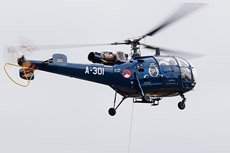
|
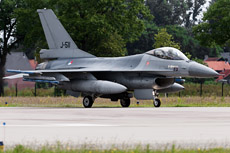
|
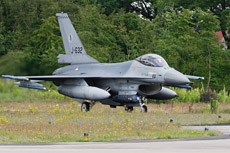
|
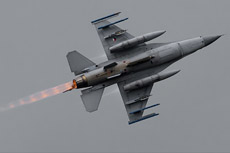
|
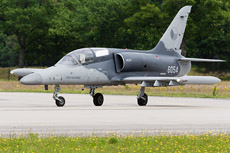
|
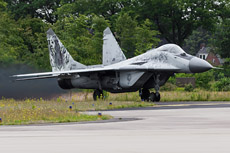
|
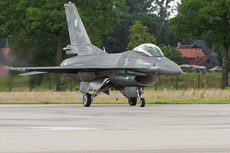
|
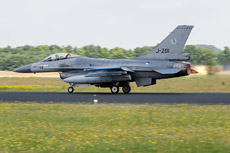
|

|
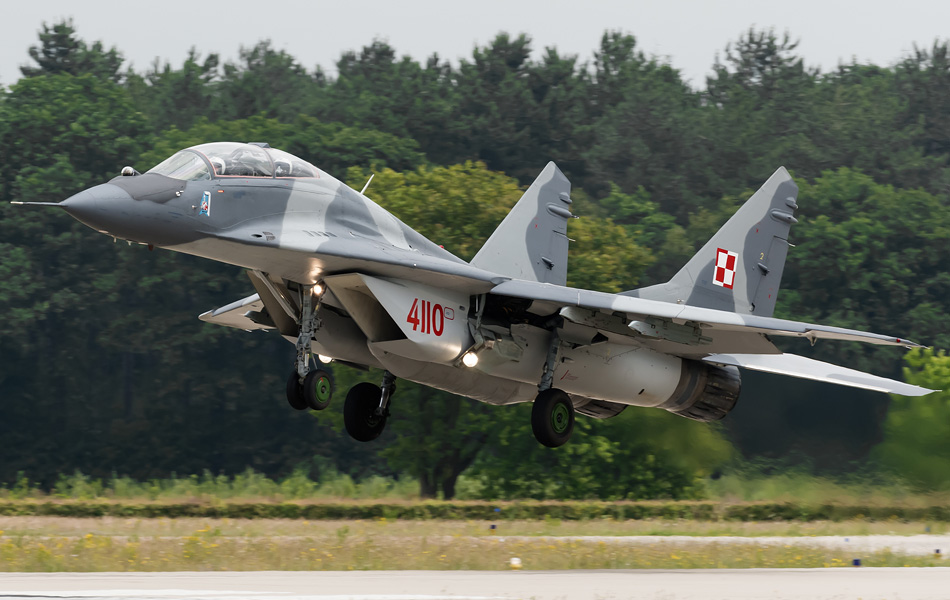
|
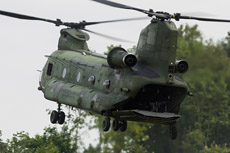
|
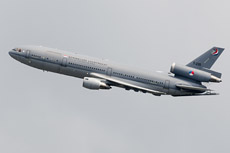
|
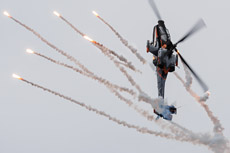
|
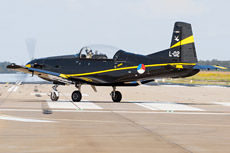
|
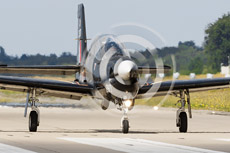
|
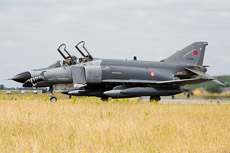
|
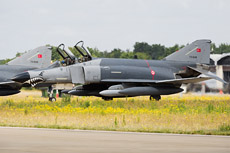
|
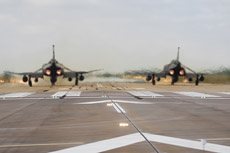
|
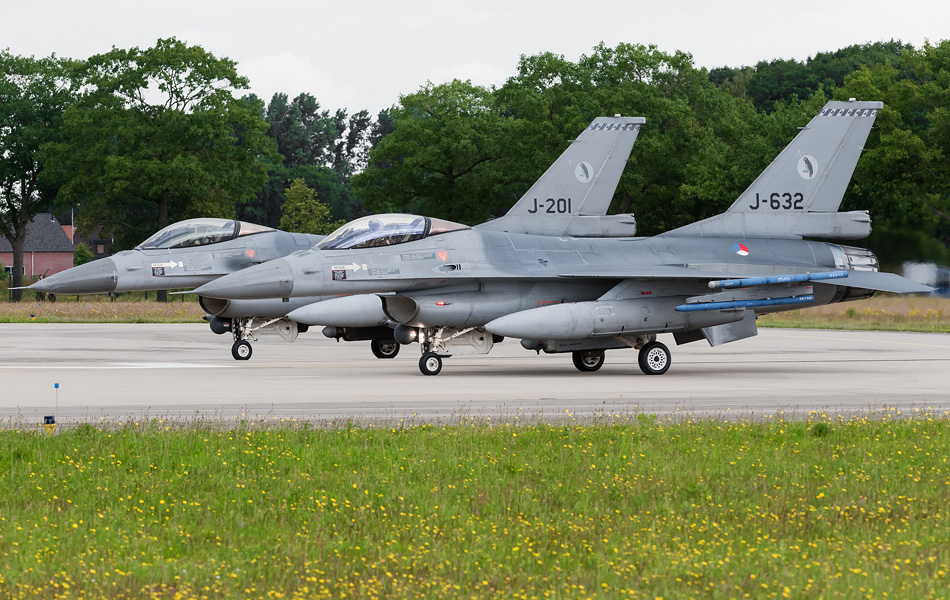
|
|
|

|







